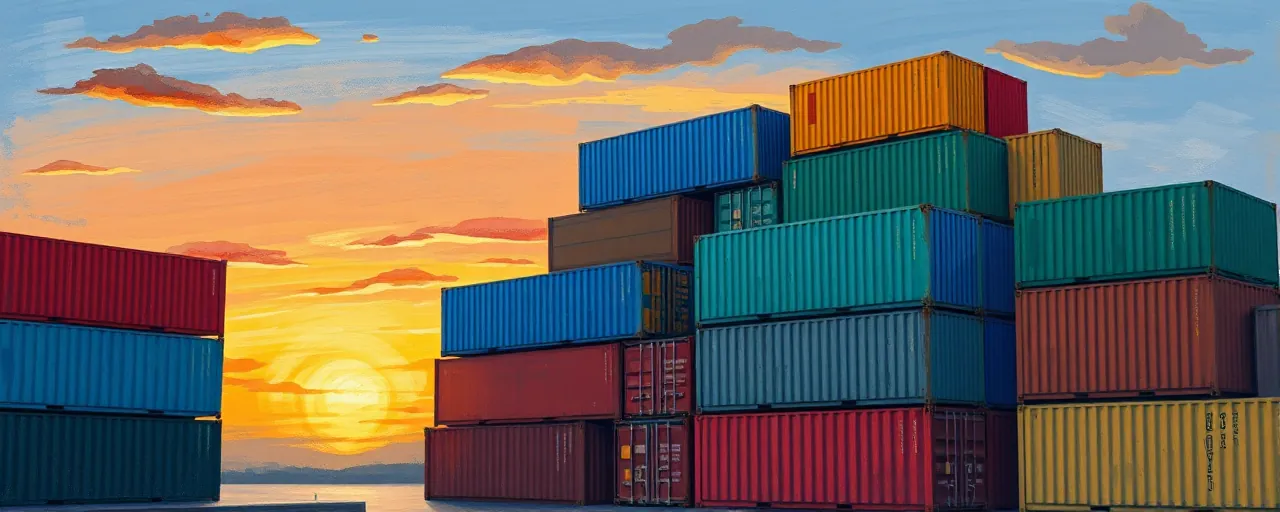A Bold Plan Takes Shape
The United States unveiled a sweeping trade policy framework on April 1, 2025, aiming to tackle long-standing economic imbalances and bolster national security. Delivered just 71 days into the new administration, the America First Trade Policy Report lays out a detailed roadmap to reshape how the nation engages with global markets. It’s a response to a trade deficit that hit $1.2 trillion in 2024, a figure that has sparked urgency among policymakers eager to protect American jobs and industries.
This isn’t a quiet tweak to existing rules. The report, spanning 24 chapters, dives into everything from tariff collection to intellectual property disputes, signaling a shift toward prioritizing domestic manufacturing and economic resilience. It arrives amid a tense geopolitical climate, with the administration arguing that decades of uneven trade practices have left the U.S. vulnerable. For readers new to the intricacies of trade debates, this is about real-world stakes: jobs, prices at the store, and the country’s ability to stand strong on its own.
Unpacking the Trade Deficit Dilemma
At the heart of the policy lies a glaring concern: the U.S. imports far more goods than it exports, a gap that widened dramatically over recent years. The report pins much of the blame on trading partners who impose higher tariffs and crafty barriers, like the European Union’s 10% tax on American cars while the U.S. charges just 2.5% on theirs. Add in non-tariff hurdles, such as the EU limiting U.S. shellfish imports to two states, and the picture gets clearer. These practices, the report argues, choke American exporters and flood domestic markets with cheaper foreign goods.
Yet, the story isn’t one-sided. Economists point out that trade deficits aren’t always a death knell; they can reflect a strong consumer economy pulling in goods from abroad. Historical data backs this up, showing deficits ballooning since the 1970s alongside rising living standards. Still, the administration sees a national security risk in leaning too heavily on foreign supply chains, especially for essentials like semiconductors or pharmaceuticals. The push now is for reciprocity, with proposals like targeted tariffs to level the playing field.
Tariffs and Tools: What’s on the Table?
One standout idea is the External Revenue Service, a new body to streamline tariff collection and plug leaks like the $800 duty-free loophole for small imports. That exemption, used heavily by e-commerce giants, cost the U.S. $10.8 billion in lost revenue last year and let risky items, think fentanyl or faulty toys, slip through with little oversight. Closing it could fund domestic priorities, but critics warn it might hike prices for everyday online shoppers.
The report also eyes renegotiating deals like the U.S.-Mexico-Canada Agreement, seeking tougher rules to keep production closer to home. Another chapter tackles China’s spotty track record on trade promises, suggesting fresh tariffs or even rethinking its long-held trade status. These moves aim to claw back industrial might, but they’re not without fallout. Retaliation from trading partners has already begun, with China slapping higher duties on U.S. exports, raising fears of a broader trade war that could pinch consumers and exporters alike.
Voices From the Ground
For American workers and businesses, the stakes feel personal. Manufacturers in states like Ohio or Michigan, hit hard by factory closures over decades, see hope in policies that might bring jobs back. Farmers, too, want a crack at markets where high tariffs, like India’s 50% on apples, lock them out. But not everyone’s cheering. Retailers reliant on cheap imports worry about higher costs trickling down to customers, while exporters brace for tit-for-tat barriers abroad.
Outside the U.S., reactions vary. The European Union has voiced unease over rising tensions, warning that fragmented trade could stall global growth. Developing nations, meanwhile, fear tariffs will stunt their export-driven progress. Experts like those at the Peterson Institute for International Economics argue that while the intent is to protect U.S. interests, the ripple effects could disrupt supply chains and spark inflation, a concern rooted in lessons from the 1930s Smoot-Hawley tariffs.
Weighing the Risks and Rewards
The policy’s backers say it’s a long-overdue fix to a system tilted against the U.S. They point to China’s rise since 2000, when its trade surplus with America soared from $83.8 billion to $295.4 billion by 2024, fueled by subsidies and lax standards. Reshoring production, they argue, secures not just jobs but the nation’s ability to weather crises. The report’s call for tighter export controls and investment rules underscores this, aiming to keep cutting-edge tech out of rival hands.
Skeptics, though, see a gamble. Tariffs might shield some industries, but history shows they can backfire, raising costs and slowing growth. Recent studies suggest last year’s tariff hikes added pressure on prices, a worry as the Federal Reserve eyes inflation. Plus, isolating from global markets could weaken U.S. leverage in a connected world. It’s a tightrope walk between protection and prosperity, with no clear winner yet.
Where This Road Leads
The America First Trade Policy Report isn’t just a stack of papers; it’s a blueprint for action, handed to the president with recommendations to shake up decades of trade norms. Whether it’s slapping tariffs on imports, rethinking old agreements, or building new ones, the goal is clear: put U.S. interests front and center. For everyday folks, this could mean more factory jobs or pricier goods, depending on how the dice roll.
What’s next hinges on execution. The administration has its work cut out, balancing bold moves with the reality of a global economy that doesn’t bend easily. As the U.S. flexes its muscle, the world’s watching, and the outcome will shape not just trade balances but how nations coexist in a fractious time. It’s a high-stakes play, and the clock’s ticking to see if it pays off.
